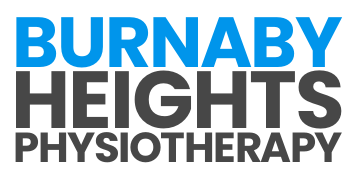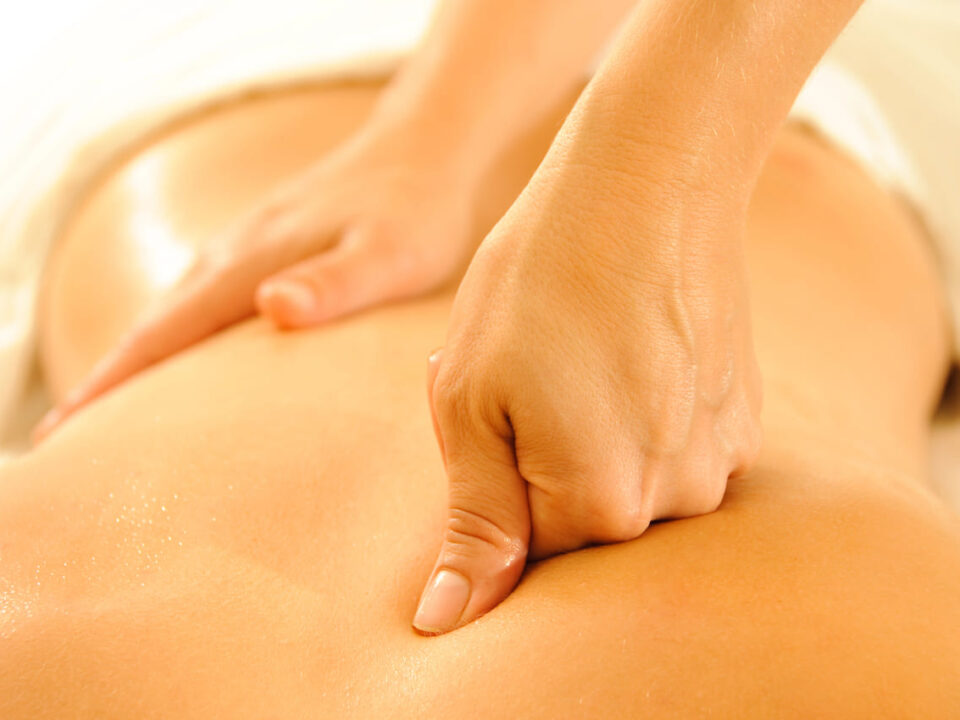
Restoring Balance and Relieving Pain: The Science Behind Acupuncture
December 30, 2024
Targeted Relief: How Acupuncture Helps Tennis Elbow Recovery
January 19, 2025Recovering from surgery can be challenging, but with the right support, it’s possible to regain strength, mobility, and confidence. Physiotherapy plays a vital role in post-surgical rehabilitation, offering tailored techniques that help you heal faster and get back to your daily life. In this guide, we’ll explore how physiotherapy works, its benefits, and practical tips to ensure a successful recovery journey.
Physiotherapy for Post-Surgical Rehabilitation Explained
Physiotherapy for post-surgical rehabilitation is a specialized approach aimed at aiding recovery and restoring function following surgery. This type of therapy incorporates exercises, manual techniques, and various modalities to alleviate pain, enhance mobility, and rebuild strength.
Surgery often limits movement, and physiotherapy plays a crucial role in restoring the range of motion in affected joints and muscles. Over time, muscles can weaken due to disuse or immobilization, but physiotherapists help rebuild strength and endurance through tailored strengthening exercises. Pain and swelling, common after surgery, are managed with techniques such as ice therapy, massage, and gentle mobilization, ensuring a smoother recovery.
Beyond addressing immediate concerns, physiotherapy also helps prevent complications like blood clots or joint stiffness by encouraging safe and appropriate movement. The ultimate goal is to promote recovery, enabling people to regain confidence and independence while minimizing long-term risks and complications.
Benefits of Physiotherapy After Surgery
Post-surgical physiotherapy provides numerous benefits that speed up recovery and enhance long-term outcomes. Some of the key advantages include:
- Faster Recovery Time: Physiotherapy can significantly shorten recovery periods by promoting circulation, reducing swelling, and preventing muscle atrophy.
- Pain Management: Manual therapy techniques, including massage and joint mobilizations, can reduce post-surgical pain and discomfort, reducing the need for medications.
- Prevention of Scar Tissue Formation: Physiotherapists help break down or prevent the buildup of scar tissue that can restrict movement and cause chronic pain.
- Restoration of Functional Movement: Exercises tailored to the individual’s surgery and health condition focus on restoring normal movement patterns, making it easier to return to everyday activities.
- Improved Psychological Well-being: Engaging in physiotherapy not only promotes physical recovery but also boosts mood and mental well-being, as people feel empowered and confident in their recovery process.
- Prevention of Long-Term Disabilities: Post-surgical rehabilitation helps to prevent permanent loss of function or long-term issues such as chronic pain, stiffness, or weakness.
Overall, physiotherapy speeds up the recovery process and improves the quality of life after surgery.
Types of Surgeries That Physiotherapy Can Help You Recover From
Physiotherapy can play a crucial role in recovering from a wide variety of surgeries. Some of the most common types of surgeries that benefit from physiotherapy include:
- Orthopedic Surgeries: Including joint replacements (hip, knee, shoulder), ligament repairs, and fractures. Physiotherapy helps restore movement, flexibility, and strength to the affected joints and muscles.
- Spinal Surgeries: Post-operative care for spinal surgeries such as herniated discs, spinal fusions, or decompression surgeries focuses on strengthening the muscles surrounding the spine and improving posture.
- Arthroscopic Surgeries: These minimally invasive procedures, often performed on joints, can benefit from physiotherapy to restore full range of motion and prevent stiffness.
- Cardiac Surgeries: Post-cardiac surgery rehabilitation helps improve cardiovascular function and muscle strength, promoting overall health and recovery.
- Abdominal Surgeries: After surgeries like hernia repairs or gallbladder removals, physiotherapy can help improve abdominal strength and function, as well as manage any post-surgical pain.
- Soft Tissue and Tendon Surgeries: Recovery from surgeries involving tendons or ligaments, such as rotator cuff repairs or ACL reconstruction, often requires physiotherapy to restore mobility and strength.
No matter the type of surgery, physiotherapy can be tailored to meet the specific recovery needs of the individual, optimizing their rehabilitation process.
How Soon After Surgery Should I Start Physiotherapy?
The timing for starting physiotherapy after surgery varies depending on the type of procedure, the individual’s health, and their progress in healing. In many cases, physiotherapy begins within the first few days post-surgery, especially for procedures like joint replacements or orthopedic surgeries. Early sessions often focus on gentle movements, proper positioning, and breathing exercises to prevent complications such as blood clots or muscle atrophy.
As the initial healing phase concludes, typically after one to two weeks, physiotherapy becomes more active. At this stage, exercises are introduced to improve mobility, flexibility, and strength, marking an essential period in the recovery process. For many individuals, long-term rehabilitation may extend over several months, involving more intense exercises and functional training to ensure a complete recovery. It is crucial to follow your surgeon’s advice regarding the appropriate timeline and activity level to maximize the benefits of physiotherapy at every stage of recovery.
Techniques Physiotherapists Use for Post-Surgery Rehab
Physiotherapists use a wide range of evidence-based techniques during post-surgery rehabilitation to support recovery and restore function. These methods are customized to each client’s specific needs and surgical procedure. Common techniques include:
- Manual Therapy: Hands-on techniques like joint mobilizations and soft tissue massage reduce stiffness, alleviate pain, and improve range of motion.
- Therapeutic Exercises: Tailored exercise programs help rebuild strength, flexibility, and endurance while targeting the muscles and joints affected by surgery.
- Scar Tissue Management: Techniques like myofascial release and gentle stretching help reduce scar tissue and restore mobility in the affected area.
- Balance and Coordination Training: Exercises to improve balance and coordination are especially important after surgeries that affect movement or stability.
- Education and Advice: Physiotherapists provide guidance on posture, ergonomics, and safe movement patterns to avoid re-injury and promote recovery.
The combination of these techniques ensures a holistic approach to healing, addressing both the physical and functional aspects of recovery.
Can Physiotherapy Help in Improving Mobility Post-Surgery?
Physiotherapy is instrumental in restoring mobility after surgery, addressing issues like stiffness, swelling, and pain that often restrict movement. Recovery begins with gradual range-of-motion exercises designed to gently encourage joint flexibility and prevent stiffness. As mobility improves, therapists focus on strengthening the muscles surrounding the affected area, ensuring proper movement patterns are restored.
Pain and swelling, which can significantly hinder mobility, are managed through manual therapy or ice therapy to ease discomfort and promote healing. In addition, physiotherapy involves re-training functional movements essential for daily activities, such as walking, climbing stairs, or bending, ensuring people regain their independence. Over time, consistent physiotherapy fosters significant improvements, enabling individuals to return to their normal activities with confidence and ease.
Post-Surgical Recovery: Recommended Lifestyle Changes
While physiotherapy plays a key role in recovery, certain lifestyle changes can complement your rehabilitation and help you get back to your best more quickly. These include:
- Stay Active Within Limits: Follow your physiotherapist’s advice on safe activities and gradually increase your physical activity as your body heals. Avoid prolonged periods of immobility, as this can hinder recovery.
- Eat a Balanced Diet: Nutrition is critical for healing. A diet rich in lean proteins, whole grains, fruits, and vegetables supports tissue repair and provides the energy needed for recovery.
- Stay Hydrated: Proper hydration aids in maintaining joint health, reducing inflammation, and supporting overall recovery.
- Manage Stress Levels: Emotional health plays a significant role in physical recovery. Techniques like mindfulness, deep breathing, or light yoga can help manage stress.
- Prioritize Sleep: Quality sleep is essential for tissue repair and overall recovery. Create a sleep-friendly environment and maintain a consistent schedule.
- Follow Your Treatment Plan: Adhering to your physiotherapist’s recommendations and exercise routines ensures consistent progress and avoids setbacks.
- Practice Good Posture: Pay attention to your posture while sitting, standing, or moving, as poor posture can strain healing tissues.
Incorporating these lifestyle changes alongside physiotherapy can accelerate recovery and help you achieve your goals post-surgery.
Stop Living in Pain
Physiotherapy is a critical step toward reclaiming your health and independence after surgery. With personalized care and proven techniques, it addresses pain, improves mobility, and restores strength, helping you achieve a full recovery.
At Burnaby Heights Physiotherapy, our skilled team is dedicated to guiding you every step of the way. Book your session today and take the first step toward a stronger, healthier future.






